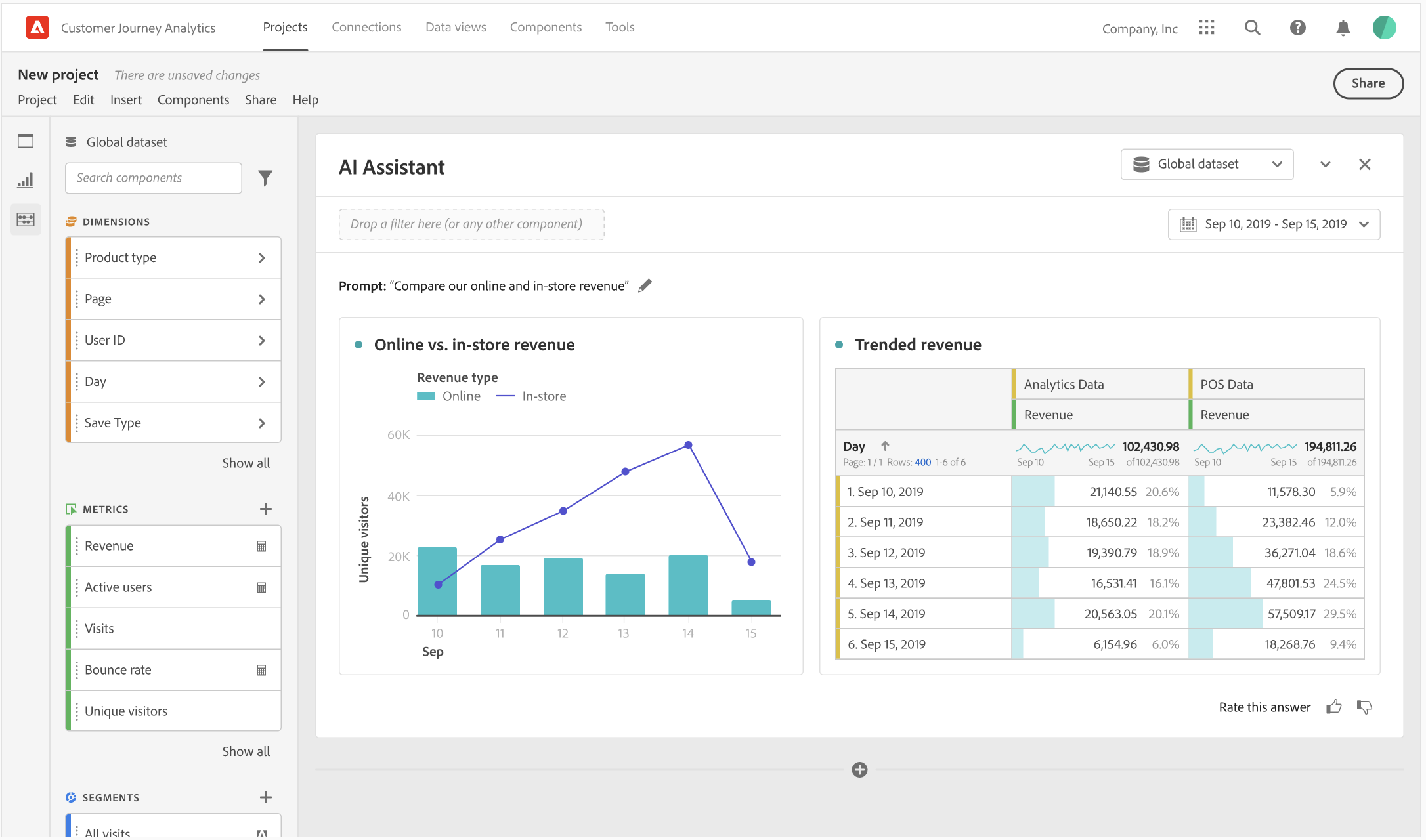
Adobe Firefly for Enterprise: Complete Buyer's Guide
Adobe's strategic entry into enterprise-grade AI color palette generation
Adobe Firefly for Enterprise represents Adobe's strategic entry into enterprise-grade AI color palette generation, positioning itself as the premium solution for organizations requiring systematic brand consistency within Creative Cloud ecosystems.
Market Position & Maturity
Market Standing
Adobe Firefly for Enterprise occupies a premium market position within the AI color palette generator landscape, leveraging Adobe's established enterprise relationships and Creative Cloud ecosystem dominance to target high-value organizational deployments [42][43].
Company Maturity
Adobe's established enterprise support infrastructure, dedicated account management capabilities, and structured technical resources provide implementation stability [41][53].
Growth Trajectory
Reflects Adobe's broader AI investment strategy, with Firefly representing a key component of Creative Cloud's evolution toward AI-assisted workflows [16][27].
Industry Recognition
TrustRadius validation for enterprise design tools, providing third-party confirmation of user satisfaction within target market segments [45].
Strategic Partnerships
Adobe's established relationships with enterprise customers create natural adoption pathways for Firefly [42][43].
Longevity Assessment
Adobe's integration within its broader AI strategy demonstrates long-term commitment and continued development investment.
Proof of Capabilities
Customer Evidence
Customer evidence demonstrates measurable business impact across multiple enterprise implementations, with organizations achieving documented efficiency improvements and cost savings through Firefly's palette automation capabilities [52][53].
Quantified Outcomes
Forrester's Total Economic Impact study provides comprehensive performance validation, documenting 50-60% faster hero asset creation, 70-80% increase in asset variant production, and 65-75% reduction in review time [41].
Case Study Analysis
Implementation validation reveals successful deployments across various enterprise contexts, with organizations reporting faster regional campaign adaptation and increased creative output through systematic palette generation [52].
Market Validation
TrustRadius recognition for enterprise design tools, confirming user satisfaction within target segments [45].
Competitive Wins
Firefly's advantages in Creative Cloud-centric environments through deep ecosystem integration that independent platforms cannot replicate [42][43].
AI Technology
Adobe Firefly for Enterprise's core AI functionality centers on Generative Recolor technology that transforms vector artwork using text prompts while maintaining brand color relationships [50].
Architecture
The platform's architecture leverages Adobe's Sensei AI framework, providing deep integration with Creative Cloud applications through native API connectivity [42][43].
Primary Competitors
Specialized platforms like Colormind, Huemint, and Coolors [3][6][12][15].
Competitive Advantages
Deep Creative Cloud ecosystem integration, Custom Models for brand-specific training [42][43][37].
Market Positioning
Firefly as a premium enterprise solution targeting organizations prioritizing IP indemnification, Custom Model training, and deep workflow integration [54][37].
Win/Loss Scenarios
Firefly wins when organizations require brand consistency management, legal compliance, and Creative Cloud workflow integration [37][54].
Key Features

Pros & Cons
Use Cases
Pricing
Featured In Articles
Comprehensive analysis of AI Color Palette Tools for AI Design for AI Design professionals. Expert evaluation of features, pricing, and implementation.
How We Researched This Guide
About This Guide: This comprehensive analysis is based on extensive competitive intelligence and real-world implementation data from leading AI vendors. StayModern updates this guide quarterly to reflect market developments and vendor performance changes.
55+ verified sources per analysis including official documentation, customer reviews, analyst reports, and industry publications.
- • Vendor documentation & whitepapers
- • Customer testimonials & case studies
- • Third-party analyst assessments
- • Industry benchmarking reports
Standardized assessment framework across 8 key dimensions for objective comparison.
- • Technology capabilities & architecture
- • Market position & customer evidence
- • Implementation experience & support
- • Pricing value & competitive position
Research is refreshed every 90 days to capture market changes and new vendor capabilities.
- • New product releases & features
- • Market positioning changes
- • Customer feedback integration
- • Competitive landscape shifts
Every claim is source-linked with direct citations to original materials for verification.
- • Clickable citation links
- • Original source attribution
- • Date stamps for currency
- • Quality score validation
Analysis follows systematic research protocols with consistent evaluation frameworks.
- • Standardized assessment criteria
- • Multi-source verification process
- • Consistent evaluation methodology
- • Quality assurance protocols
Buyer-focused analysis with transparent methodology and factual accuracy commitment.
- • Objective comparative analysis
- • Transparent research methodology
- • Factual accuracy commitment
- • Continuous quality improvement
Quality Commitment: If you find any inaccuracies in our analysis on this page, please contact us at research@staymodern.ai. We're committed to maintaining the highest standards of research integrity and will investigate and correct any issues promptly.